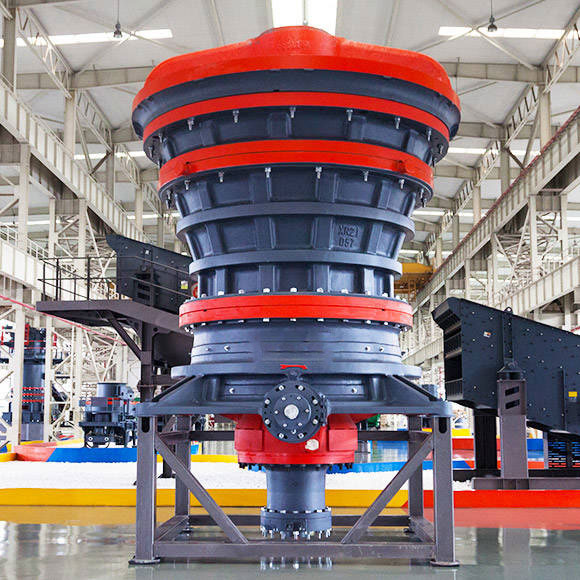Choosing the right crusher for metal ore is crucial for efficient mining, cost control, and maximizing output. The type of crusher required depends on factors such as the hardness of the ore, size of raw material, required final size, and production capacity. In this article, we’ll explore the best crushers for metal ores and the applications they are most suitable for.
1. Jaw Crusher – Ideal for Primary Crushing
Best for: Hard metal ores like iron ore, copper ore, and gold ore.
Jaw crushers are widely used in the mining industry for primary crushing of large metal ore chunks. They use compressive force to break down the material between a fixed and a moving jaw.
-
Advantages:
-
High crushing ratio
-
Simple structure and low operating cost
-
Suitable for hard and abrasive ores
-
-
Use Case Example: In iron ore mining, jaw crushers are typically used to reduce the ore to manageable sizes before secondary crushing.

2. Gyratory Crusher – High Capacity Primary Crusher
Best for: Large-scale mining operations with very hard or tough ores.
Gyratory crushers work similarly to jaw crushers but with a gyrating spindle instead of a swinging jaw. They are suitable for large throughput requirements.
-
Advantages:
-
Handles very hard materials
-
High capacity (thousands of tons per hour)
-
Continuous crushing action
-
-
Use Case Example: Often used in copper and nickel ore mines where ore is extremely hard and production volume is high.
3. Cone Crusher – For Secondary and Tertiary Crushing
Best for: Medium to hard ores like copper ore, lead-zinc ore, and bauxite.
Cone crushers use compression to crush metal ores after primary crushing. They are excellent for creating fine to medium-sized particles.
-
Advantages:
-
High efficiency and productivity
-
Adjustable settings for different particle sizes
-
Suitable for medium to high hardness ores
-
-
Use Case Example: In a gold ore processing plant, cone crushers follow jaw crushers to achieve the desired fine particle size.
4. Impact Crusher – For Medium-Hard Ores and Shaping
Best for: Softer metal ores or ores requiring good particle shape, such as aluminum or manganese.
Impact crushers use high-speed impact force to shatter materials. Though not ideal for very hard ores, they are effective when fine or cubical-shaped product is needed.
-
Advantages:
-
Excellent shaping of final product
-
Suitable for softer ores
-
Can be used in both primary and secondary crushing
-
-
Use Case Example: Used in processing manganese or bauxite ore where shaping and gradation control are important.
Conclusion: Which Crusher is Best?
| Ore Type | Best Crusher Type | Application Stage |
|---|---|---|
| Iron Ore | Jaw Crusher, Cone Crusher | Primary, Secondary |
| Copper Ore | Gyratory, Cone Crusher | Primary, Secondary |
| Gold Ore | Jaw Crusher, Cone Crusher | Primary, Secondary |
| Bauxite | Impact Crusher | Primary or Secondary |
| Manganese Ore | Jaw, Impact Crusher | Primary, Shaping |
| Lead-Zinc Ore | Jaw, Cone Crusher | Primary, Secondary |
Key Takeaway:
-
Use jaw or gyratory crushers for primary crushing of hard ores.
-
Follow with cone crushers for fine crushing.
-
Use impact crushers for softer ores or when shaping is important.
Selecting the right crusher based on ore hardness, production capacity, and desired output size ensures optimal performance in metal ore processing operations.
